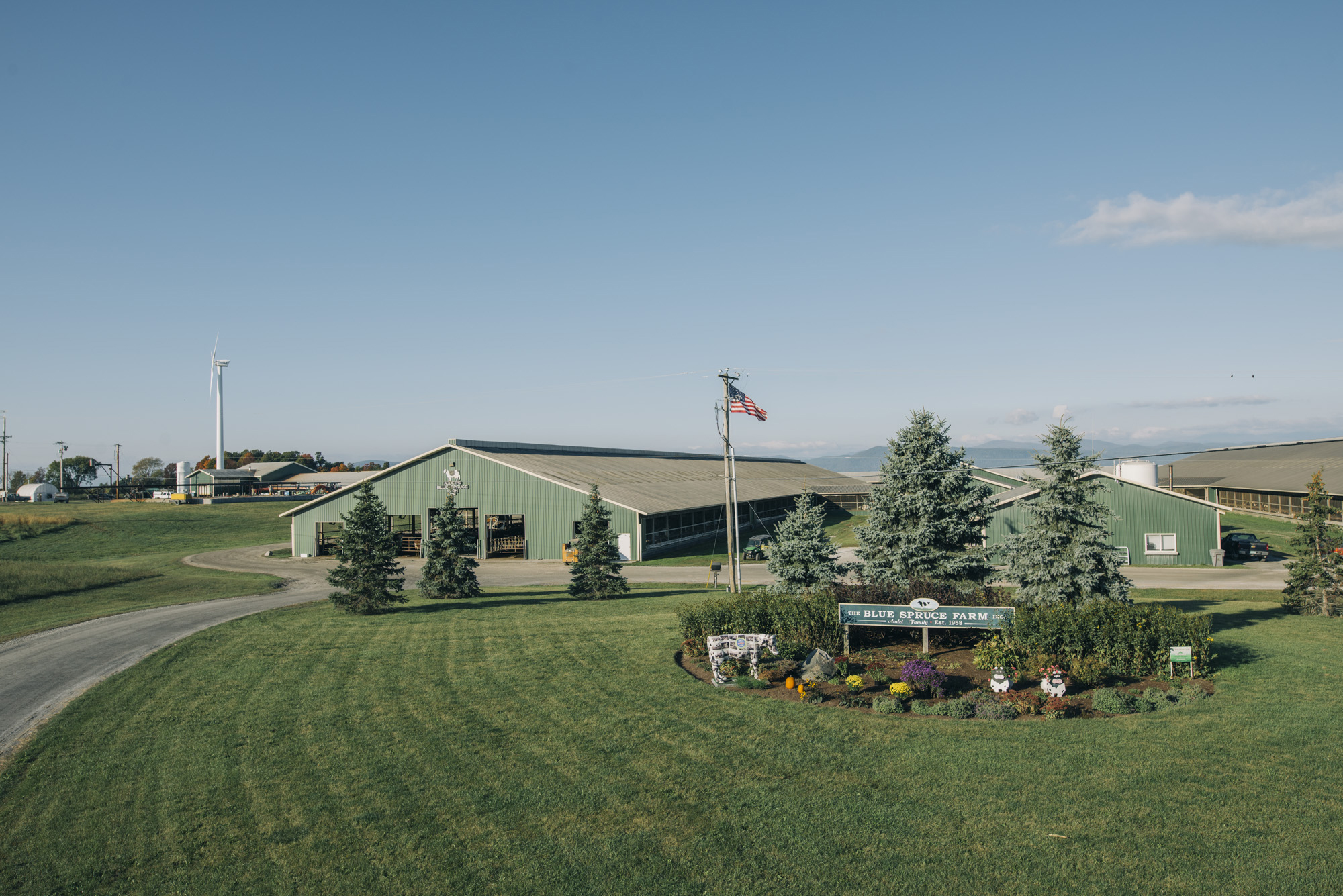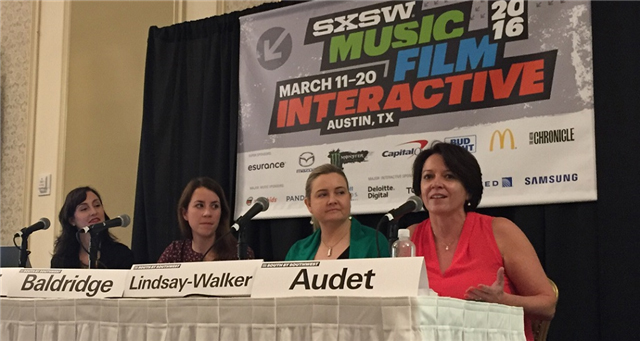By Laura Hardie
Recycling is at the heart of dairy farming. Water is recycled to use on crops or to clean the milking parlor. Manure is recycled as fertilizer for the fields or converted into electricity on farms with cow-power technology. Now, a Vermont farm has found a way to help their community recycle inedible food waste.
Blue Spruce Farm in Bridport, Vermont, has a farm waste digester, which converts manure, food waste, and farm by-products into natural fertilizer and energy to power 400 to 500 homes. They will soon be piloting a new project with Casella Organics to help communities understand the importance of properly separating food waste so that it can be collected and turned into a mixture that can be fed into the farm digester.
“Our community benefits from the local source of renewable electricity generated right on our farm,” says Marie Audet of Blue Spruce Farm. “Additionally, the natural, nutrient-rich fertilizer enhances our soil health allowing us to grow more hay and corn so that we can continue to feed our cows and produce high-quality milk.”
Audet recently took part in a panel at South by Southwest (SXSW), the popular music, film, and technology festival, called What a Waste: 40% of Food Discarded, 49M Go Hungry. The discussion encouraged diverse organizations to work together to reduce waste, divert food from landfills, and route reclaimed food to those who need it most. Currently, food waste is the second highest component of landfills and the largest source of methane emissions, Audet says.
“Dairy farms are well equipped to not only feed you but recycle what you waste,” Audet said at the panel discussion in Austin, Texas. “That happens with innovative, sustainable, and creative ideas and technology—on the farm, in our homes, and at every stage in between.”
The need for a solution becomes more urgent with the passage of the Universal Recycling Law in Vermont that bans all food waste from landfills by 2020.
“Food scraps from both residential homes and commercial locations will need to be recycled,” says Tony Barbagallo, director of Business Development at Casella Organics. “By diverting food scraps to the farm instead of the landfill, we’ve found one way to put the waste to better use.”
Casella has also partnered with several farms in New England and New York to process food waste, including Barstow’s Longview Farm in Hadley, Massachusetts, where 14,000 tons of food waste are processed annually.
Blue Spruce Farm has been recycling food waste for years in other ways. The farm supplies Cabot Creamery with milk to make cheese, and Cabot returns the organic by-products from the cheese production to the farm. Some of the by-product is fed to the cows; the rest is fed into the farm waste digester and converted into renewable energy.
“We aim to keep resources in a continuous cycle of re-use for as long as possible toward a goal of zero-waste-to-landfill,” says Ann Hoogenboom, sustainability coordinator at Cabot Creamery Cooperative.
Additionally, up to 20% of a cow’s balanced diet comes from human food production waste, with ingredients like citrus pulp, cotton seed, bread, sugar, cookie meal, beets, and microbrew remnants.
“When you enter a grocery store, be conscious of the hard work it took farmers to grow the food you’re buying,” Audet says. “While we’re feeding you, we’re feeding your food scraps back into our closed-loop system. A cycle that ensures that healthy food and a healthy planet can indeed go hand in hand.”
-Laura Hardie is a seventh-generation Vermonter from Waterbury and works as a public relations and communications specialist for New England Dairy Promotion Board.












